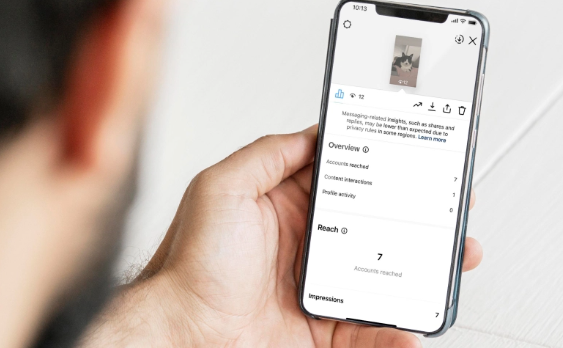From Bold to Playful: Find the Perfect Font for Your Brand
In the realm of brand design, every detail matters. From color schemes to iconography, each element plays a crucial role in shaping your brand’s perception. Among these elements, the choice of branding fonts is a critical aspect that can influence how your brand is perceived. Fonts convey character, tone, and style, making it essential to choose wisely.
In branding, every detail matters, from color schemes to logo designs. However, one often overlooked yet crucial aspect is the font. Your chosen font communicates volumes about your brand’s identity, values, and content. This blog post delves into the intricate world of typography, guiding you in selecting the perfect brand font that truly embodies your brand.
Embrace Your Brand Personality:
Before delving into the world of fonts, understanding your brand’s personality is essential. What values does your brand represent? Who is your target audience? What tone do you want to convey? These questions will guide your font selection process. For example, a luxury brand might opt for elegant, sophisticated fonts, while a tech startup might prefer modern, sleek typefaces.
Define Your Brand’s Voice:
Fonts have personalities too. Some exude elegance and sophistication, while others are playful and whimsical. Determine whether the voice and tone of your brand are formal and professional or casual and friendly. Your font should reflect this voice and help establish your brand’s identity.
Serif Fonts:
Serifs are the most traditional font types, representing class and heritage, making them perfect for brands looking to build a well-established brand identity. Sans serif fonts convey trust and reliability due to their clean, modern nature, making them suitable for brands that revolve around excellence and authority.
Consider Legibility and Readability:
While choosing a fancy or decorative font is tempting, readability and legibility should always be the top priorities. Your audience should be able to read your brand name and message quickly, whether on a billboard or a small mobile screen. Avoid overly complex or ornate branding fonts that sacrifice readability for style.
Experiment:
Once you’ve narrowed down your font choices, it’s time to experiment with them. Try out different fonts and combinations to see how they look across various platforms and mediums. Consider how your font will appear on your website, social media channels, marketing materials, and packaging. Conducting A/B tests or gathering feedback from focus groups can provide valuable insights into which font resonates most with your audience.
Handwritten Fonts:
Handwritten fonts emulate the feel of handwriting, adding a personal and human touch to brand designs. They are ideal for brands conveying warmth, creativity, and authenticity as they evoke a sense of individuality and personal connection. Fonts reflect the fluid strokes of cursive handwriting, exuding class, sophistication, and charm. They are perfect for brands aiming for a heartfelt or luxurious feel, adding a touch of personality and elegance to brand materials.
Ensure Adaptability and Flexibility:
Your chosen font should be adaptable and flexible enough to adapt to different sizes, formats, and settings. It should look equally impressive on a billboard, business card, or smartphone screen. Pay attention to kerning, spacing, and letterforms to ensure a clean and professional appearance across all applications.
Embrace Uniqueness, yet Remain On-Brand: While it’s essential to stand out from the crowd, choose a font for its uniqueness or trendiness sparingly. Strike a balance between uniqueness and brand alignment. Your font should be distinct enough to differentiate you from competitors yet still consistent with your overall brand style. If you aim to create a formal brand identity, serif fonts are excellent for you. They help you convey reliability while building brand awareness. Brands like Rolex, Tiffany and Co., Prada, Gucci, Vogue, and many others use serif fonts in their branding.
Conclusion:
Some common examples include paragraph serif, Garamond, Bodoni, and didot. Serif typefaces are best used as business logo fonts if your brand conveys feelings of elegance and tradition. Therefore, you need to review the above discussion carefully to make it beneficial.







